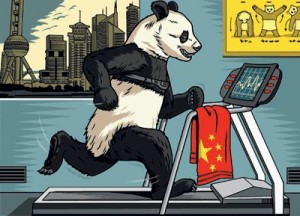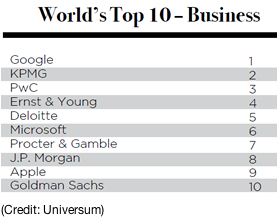In response to Melissa Lui’s conclusive blog “Work With Me!!”, it was interesting to find that disempowering an employee is a plausible solution when handling “disgruntled” individuals.
Let’s face it, conflict is inevitable in any organization – wherever there are people, there are problems. Although there are countless ways to deal with these issues, it was surprising that disempowerment made the list. Depending on the situation, we would typically assume that empowering a dissatisfied employee will enable them to switch gears and go back to work. However, in most scenarios, this is simply not the case.
we would typically assume that empowering a dissatisfied employee will enable them to switch gears and go back to work. However, in most scenarios, this is simply not the case.
Imagine your coworker has gone, over your head, informing your supervisor of false rumours regarding your job performance, costing you a promotion. What are your initial feelings? Would empowerment really allow you to overcome this obstacle, or would it simply spread the negativity throughout the company? Lui tells us that since disgruntled employees are less likely to contribute positively to the company; therefore, the situation should be quarantined, and addressed by a qualified agent. Resolving organizational conflict in secrecy may be a plausible solution, but it’s effects are short-lived. Ultimately, empowering employees to overcome the conflict themselves will ensure the prevention of conflict in the long-run.



